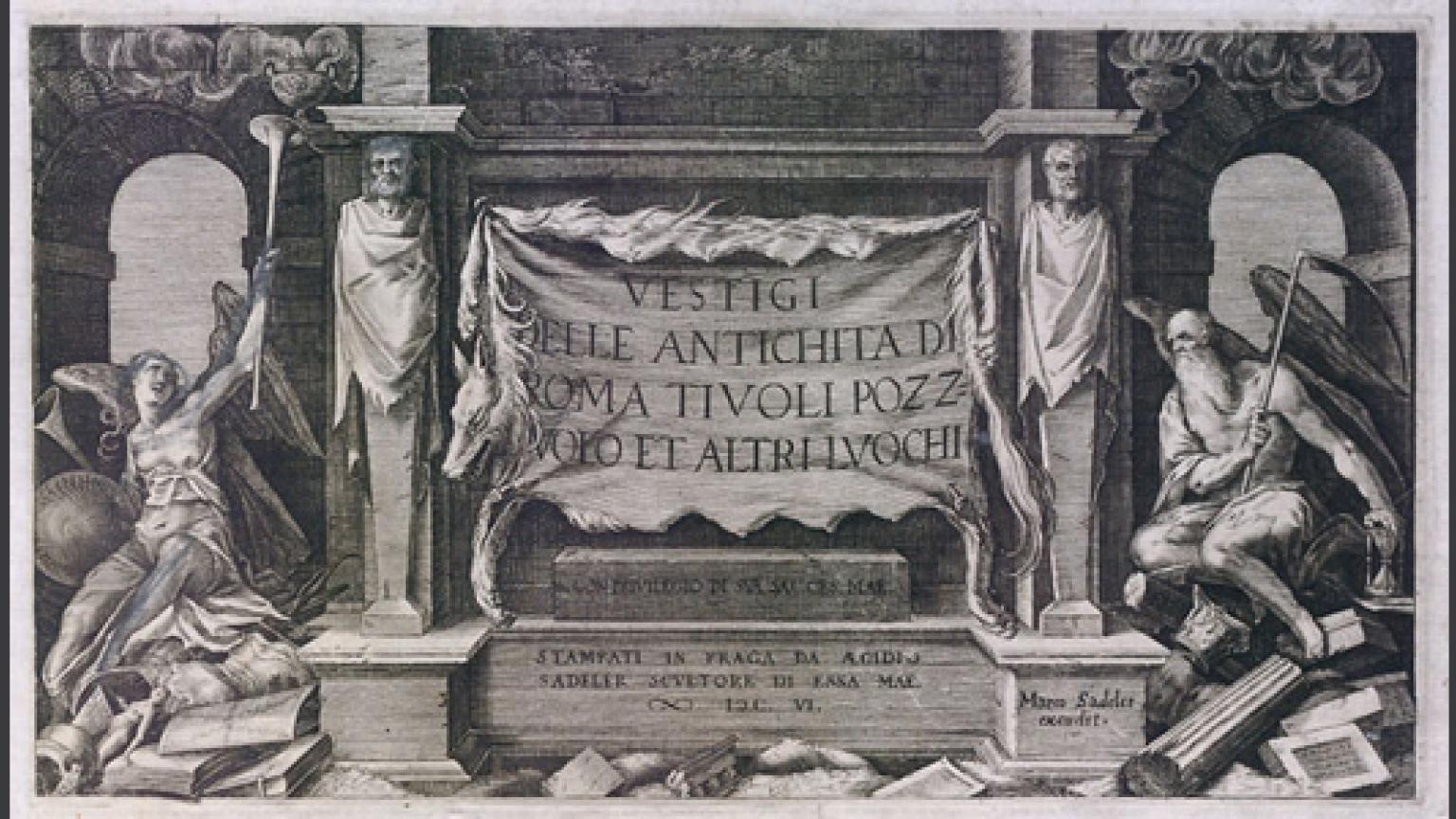Past Exhibition
Announcing the Text: The Development of the Title Page, 1470–1900, Selections from the National Gallery of Art Library

Details

Overview: 31 books tracing the history and design of the printed book title page from the 15th century to the late 19th century were shown in this exhibition selected from the rare book collection of the National Gallery of Art Library.
Organization: The exhibition was organized by the National Gallery of Art. Yuri Long, rare book specialist, National Gallery of Art Library, was curator.




